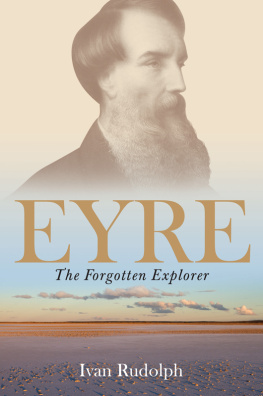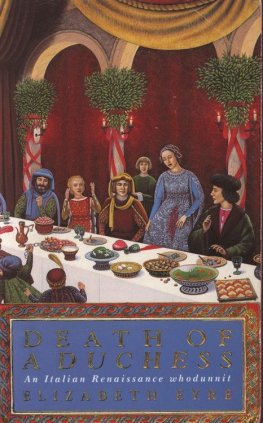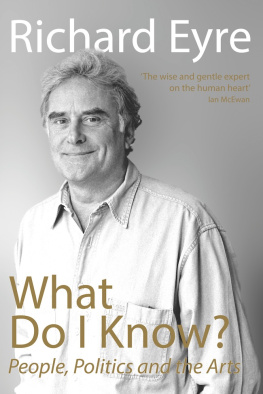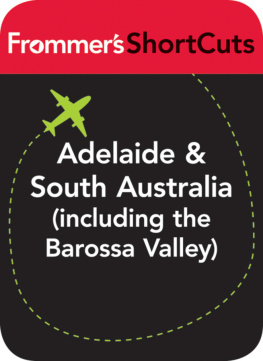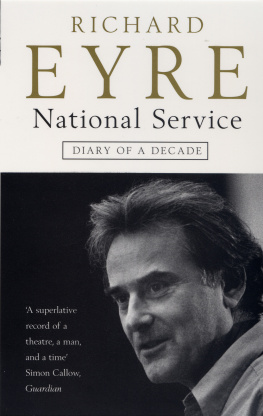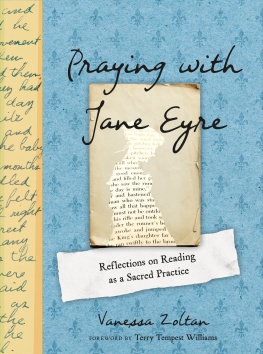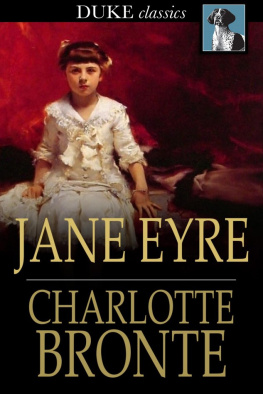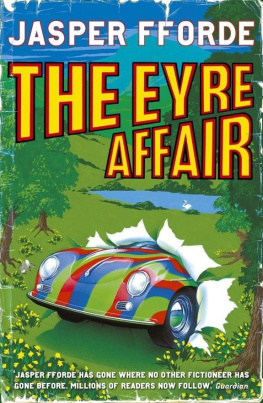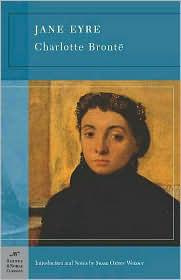Ivan Rudolph - Eyre: The Forgotten Explorer
Here you can read online Ivan Rudolph - Eyre: The Forgotten Explorer full text of the book (entire story) in english for free. Download pdf and epub, get meaning, cover and reviews about this ebook. year: 2013, publisher: HarperCollins, genre: Non-fiction. Description of the work, (preface) as well as reviews are available. Best literature library LitArk.com created for fans of good reading and offers a wide selection of genres:
Romance novel
Science fiction
Adventure
Detective
Science
History
Home and family
Prose
Art
Politics
Computer
Non-fiction
Religion
Business
Children
Humor
Choose a favorite category and find really read worthwhile books. Enjoy immersion in the world of imagination, feel the emotions of the characters or learn something new for yourself, make an fascinating discovery.
- Book:Eyre: The Forgotten Explorer
- Author:
- Publisher:HarperCollins
- Genre:
- Year:2013
- Rating:4 / 5
- Favourites:Add to favourites
- Your mark:
Eyre: The Forgotten Explorer: summary, description and annotation
We offer to read an annotation, description, summary or preface (depends on what the author of the book "Eyre: The Forgotten Explorer" wrote himself). If you haven't found the necessary information about the book — write in the comments, we will try to find it.
Edward John Eyre was one of the most intrepid explorers to tackle the unforgiving Australian outback - and one of the youngest. Lake Eyre, the Eyre Highway between Adelaide and Perth, and many other landmarks are named after him, yet so little is known of his time here. He also had an international career beyond his Australian experiences, including as Lieutenant-Governor of New Zealand. Author Ivan Rudolph shows how this idealistic young Englishman - still in his teens when he arrived in New South Wales in 1833 - transformed himself into a rugged frontiersman, one of the first to overland cattle to Melbourne and Adelaide. But its Eyres attempt on the Nullarbor that was the peak of his Australian career. Determined to find an overland route to Perth, he left Adelaide with a small party on 18 June 1840. Ivan Rudolph relates their journey step by step - and it makes for gripping reading. Beset by the harsh terrain, scarcity of water, the danger from hostile Indigenous people and dissent - and worse - among Eyres companions, could Eyre achieve his ambition and find a way across the Nullarbor? A fascinating portrait of a forgotten hero of Australian history.
PRAISE FOR EYRE:
It brings the Australian colonies in the 1830s and 1840s to life ... a lively introduction to exploration history Peter Garrett, AM
A stunning biography Adelaide Advertiser
A grand story, grandly told Herald Sun
Ivan Rudolph: author's other books
Who wrote Eyre: The Forgotten Explorer? Find out the surname, the name of the author of the book and a list of all author's works by series.

